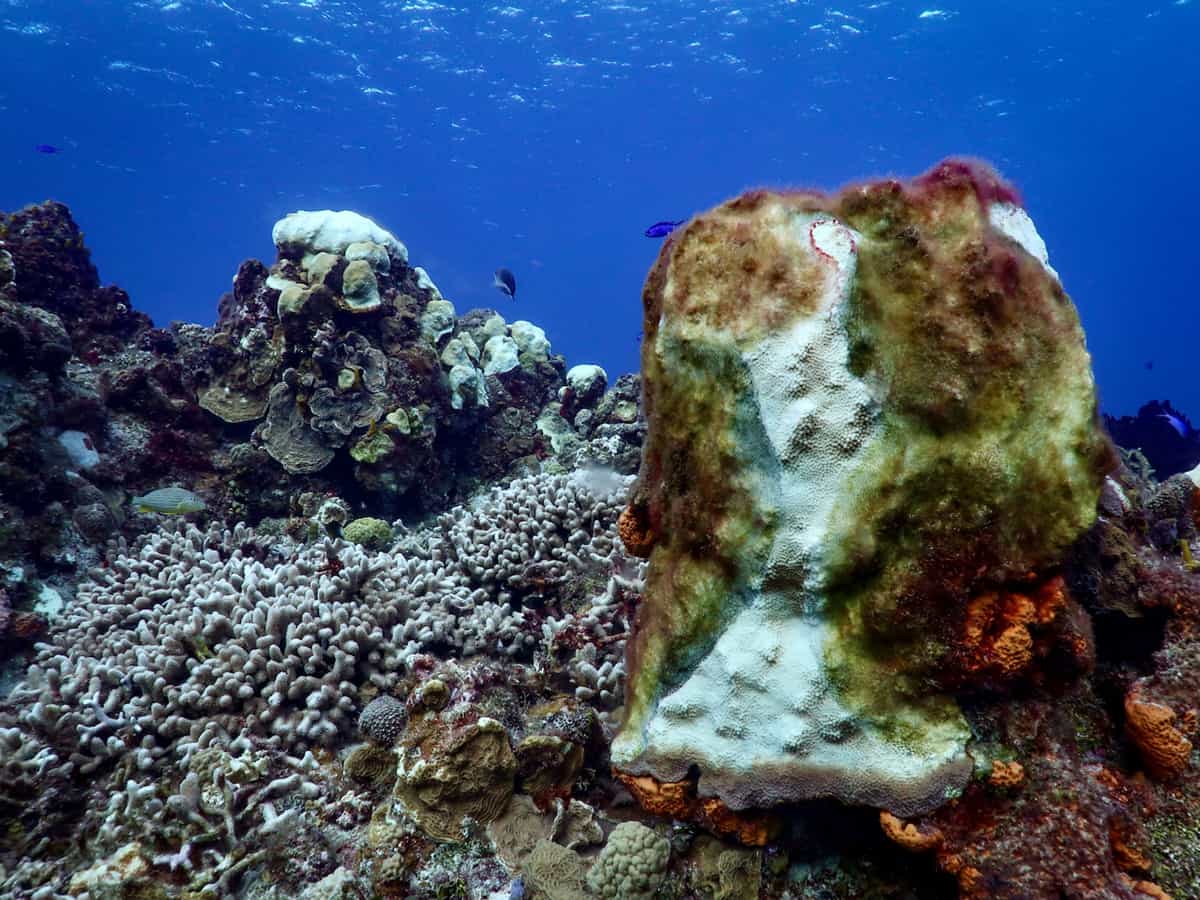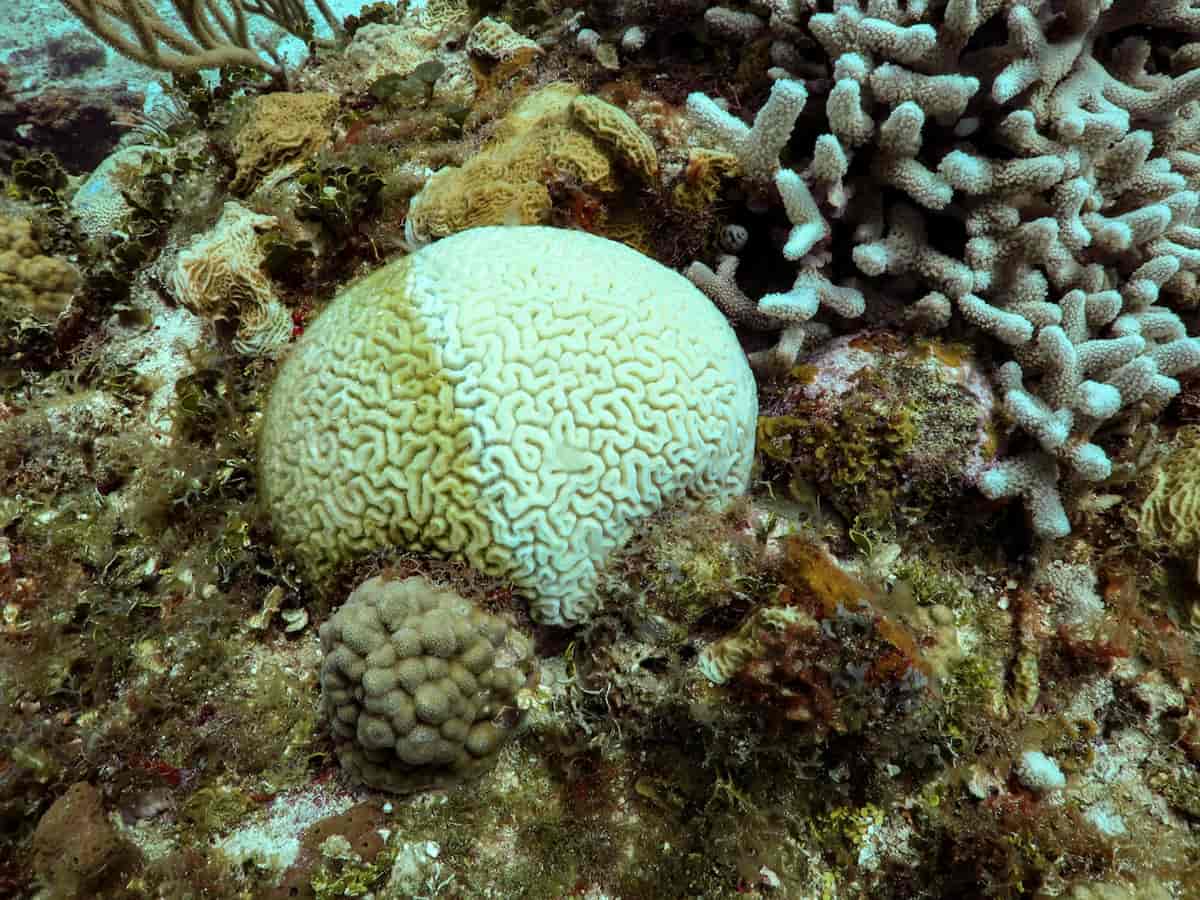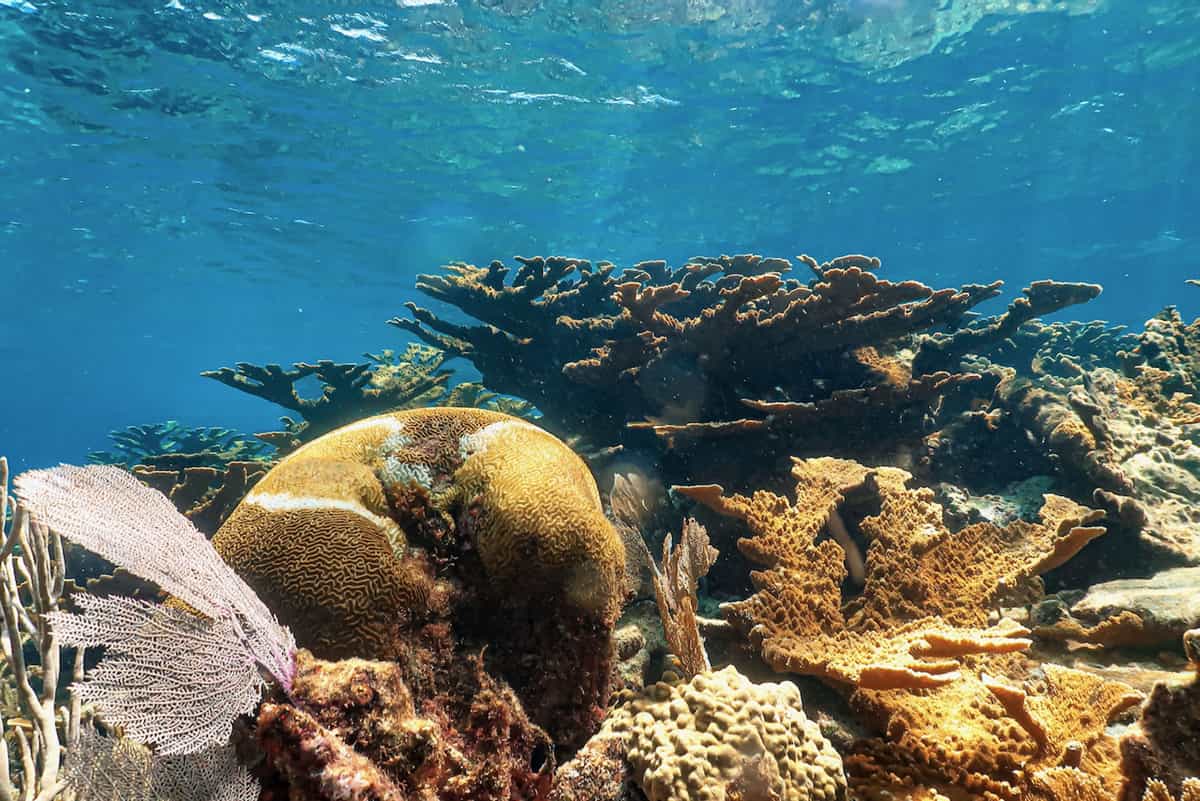Serious ailment attacks corals in the Mexican Caribbean
Between 25 and 50 coral species are affected by tissue loss disease. A study published by the university professor and his team of collaborators, in the journal Communications Biology, reveals the devastating situation.

A catastrophe of unseen dimensions is occurring in the Mexican Caribbean that is leading to the extinction of national corals in that region. From 2018 to 2019 the peak of this affection was presented, which damages 90 percent of these calcareous structures, among them pillar, labyrinth, and brain corals warned the researcher of the Institute of Marine Sciences and Limnology (ICML) of the UNAM, Lorenzo Álvarez Filip.
The cause is the Stony coral tissue loss disease (SCTLD), a contagious and growing disease, whose pathogen is still unknown, but is associated with the intense human activity in the region, with hotels, docks, sewage and its poor treatment, presence of nutrients and sediments that stress the ecosystem, warned the scientist assigned to the Unit of Reef Systems of the ICML in Puerto Morelos, Quintana Roo.
Alvarez Filip and his colleagues recently published a study on the situation of corals in the Mexican Caribbean, in the scientific journal Communications Biology.
"Tissue loss disease in hard corals is very aggressive, it can kill coral colonies in a matter of days or a few weeks, it is very virulent and can infect large numbers of individuals or coral colonies in a very short time," he explained.

In less than a year we have the disease spread throughout the Mexican Caribbean. In the Caribbean Sea, there are approximately 50 coral species; this disease attacked half of them, that is, 20 to 25. It is lethal and is changing the ecology, dynamics, and ecosystem services we receive from the reefs.
Hard corals are reef builders, so as they grow they accumulate calcium carbonate, which is a rock that takes on different morphologies according to the species in question.
In addition, they border the coasts of the Caribbean and other tropical regions of the planet. "From the economic point of view, reefs protect the coast, as they are a natural barrier; from the ecological point of view, they provide shelter to a large number of species (some of the commercial importance, such as many fish). In addition, as the calcium carbonate in the rock is being broken down, they are generating white sands," the expert explained.

Among their records, Alvarez Filip and his colleagues describe that more than 90 percent of the population of pillar corals, structures up to four meters long that have towers similar to underwater cathedrals, have been damaged. "From one year to the next, almost all the corals of this species disappeared from the Mexican Caribbean," he revealed.
When there is a population decline of that magnitude, it can be considered local extinction. "In our study area, it practically disappeared."
The labyrinth coral had between 80 and 90 percent damage; other so-called brain coral, of which there are five species, have an impact percentage of 30 to 60. In less than a year it killed 30 to 70 percent of these species, he said. The calcium carbonate that forms the coral is a bright white skeleton, it is a rock covered by a very thin layer of living coral tissue, which is like its skin.

"When the tissue starts to die off it exposes the skeleton, which looks white. When we see corals (which can be brown, green, and many other colors) with a white skeleton, it is as if they have leprosy, because the tissue falls off very quickly and you see white spots that are very evident. In our exploration area we saw thousands of corals stained white, practically dying, in a relatively small area," said Alvarez Filip.
The researcher reported that the peak of the condition was recorded from 2018 to 2019 when mass mortality began. The damage is done and it will take several decades to recover if drastic measures are implemented to control it.




